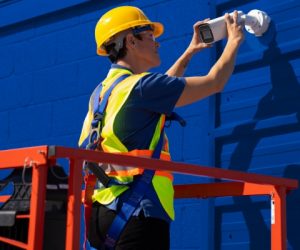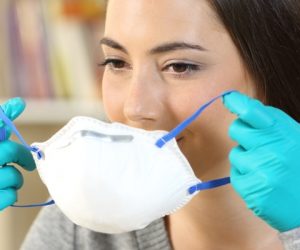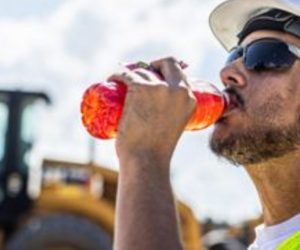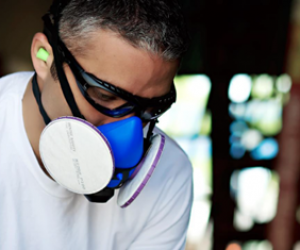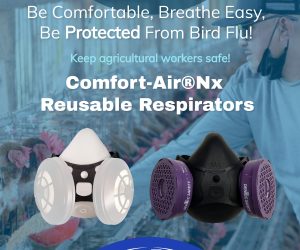According to the Occupational Safety & Health Administration (OSHA), the Center for Disease Control (CDC), the U.S. Department of Health, and the University of Michigan, employees required to work in high temperature environments should be allowed to take frequent breaks in a cool place.
“High Temperature Work Environments” are generally referred to as the following:
· Over 87ºF/31ºC for light work
· Over 82ºF/28ºC for moderate work
· Over 78ºF/25.5ºC for heavy work.
This amount requires 25% rest time for every 75% of work time, according to OSHA, with additional rest times for higher temperature environments. For example, work place temperatures over 86ºF/30.5ºC require 75% rest time for every 25% of work time when a worker is producing a heavy workload.
According to OSHA “rest period” recommendations, if a staff of 100 workers takes ONE additional 10-minute rest period per day, the cost to the company will be 16 hours and 40 minutes in lost production time per day or 83 hours and 20 minutes per week. In terms of dollars, at $18.00 per hour pay rate, excluding overtime and including estimated benefits, the cost to the company will be $1,500 per week or $19,500 over the course of a 13-week summer. That is for ONE 10-MINUTE REST PERIOD PER DAY PER 100 WORKERS!
According to these same organizations, high temperature work environments can lead to a variety of heat-illnesses including: heat stroke, heat stress, heat strain, heat collapse, heat cramps, heat exhaustion, heat fatigue, heat rashes and injuries related to heat stress fatigue.
Also, according to these groups, if frequent breaks are not taken, workers are at risk of physical symptoms such as nausea, headaches, dizziness, cramps, confusion, unconsciousness, seizure and even death. Mentally, workers can become drowsy, unfocused, moody, and the effects of heat stress have been shown to contribute to accidents, work slowdowns and walkouts, according to the Southwest Michigan Coalition on Safety and Health. When working in these kinds of environments, the following actions should be taken to not only protect workers but also improve moral and productivity:
1. Ventilation as a preventative measure.
2. Proper Hydration or fluid replenishment.
3. The use of an scientifically formulated electrolyte replacement drink such as SQWINCHER.
4. The use of evaporative cooling apparel products such as THERMOCOOL



